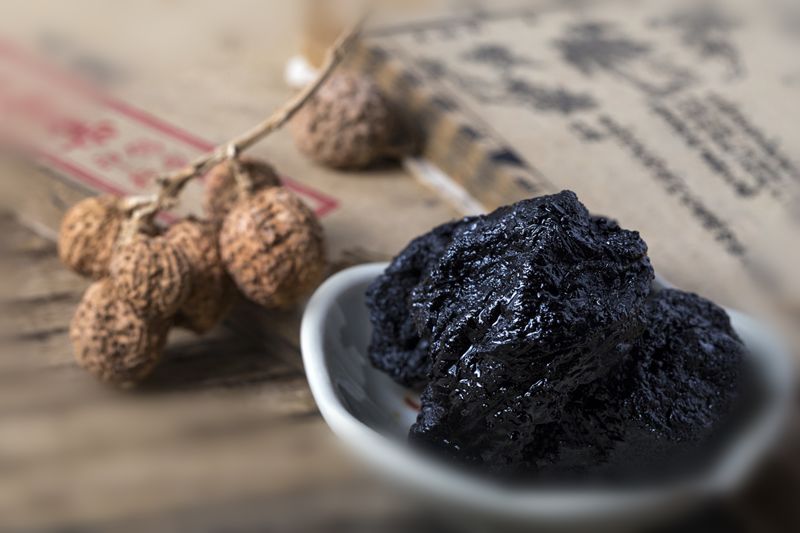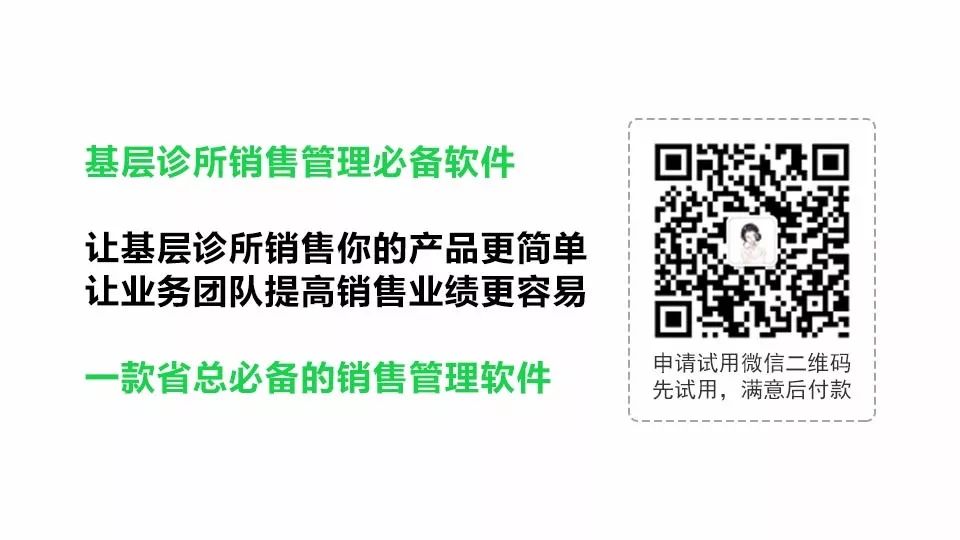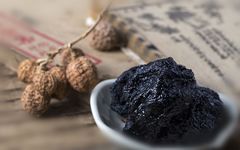
01Medicinal Parts
The fresh tubers of Rehmannia glutinosa (Sheng Di Huang) from the family Scrophulariaceae, processed by steaming and drying.
02Alias
Shu Di (熟地).
03Plant Morphology
Perennial herb, 10-70 cm tall. The whole plant is covered with grayish-white long soft hairs and glandular hairs. The roots are thick, fleshy, tuberous, cylindrical or spindle-shaped. The stem is erect, single or branched at the base. The basal leaves are clustered, leaf blades are obovate-lanceolate, with a blunt tip, gradually narrowing at the base, extending into long petioles, the leaf surface is often wrinkled, and the edges have irregular serrations; stem leaves are smaller. The flower stalk is erect, hairy, and forms a raceme at the upper part of the stem; bracts are leaf-like, well-developed or degenerated; the calyx is bell-shaped, with 5 lobes at the tip, lobes are triangular, covered with long soft hairs and white long hairs, with 10 veins; the corolla is wide tubular, slightly curved, dark purple outside, mixed with yellow inside, with distinct purple stripes, the tip is shallowly lobed, slightly bilabiate; there are 4 stamens, two of which are strong, the anthers are forked at the base; the ovary is superior, oval, 2-celled, becoming 1-celled after flowering, with 1 style and a swollen stigma. The capsule is oval or long oval, with a pointed tip, covered by the persistent calyx. The seeds are numerous. Flowering period is from April to May, fruiting period is from May to June.
04Distribution
Produced in most regions of the country, with high yield and quality in Wenxian, Boai, and Mengxian in Henan Province.
05Harvesting and Processing
1. Take Sheng Di Huang, stew with wine until the wine is absorbed, take out, dry until the outer skin is slightly dry, cut into thick slices or blocks, and dry to obtain. For every 100 kg of Sheng Di Huang, use 20-30 kg of yellow wine. (Stewing method: Take the raw material according to the regulations for each variety, add wine, place in a suitable container, seal, and heat with water or steam until thoroughly stewed, or until the wine is completely absorbed, cool, take out, dry to 60% dry, cut into slices, and dry.)
2. Take Sheng Di Huang, steam until black and shiny, take out, dry until about 80% dry, cut into thick slices or blocks, and dry to obtain. (Steaming method: Take the raw material, sort by size, according to the regulations for each variety, mix with water or liquid auxiliary materials, place in a suitable steaming container, heat with steam to the specified degree, take out, cool slightly, mix back with the steaming liquid, dry to 60% dry, cut into slices or sections, and dry.)
06Characteristics of the Medicinal Material
This product appears as irregular blocks or fragments, varying in size and thickness. The surface is black with a glossy appearance and has high viscosity. The texture is soft yet resilient, not easily broken, with a black and glossy cross-section. It has a faint odor and a sweet taste.
07Nature and Flavor
It is slightly warm in nature and sweet in flavor. It enters the Liver (Gan) and Kidney (Shen) meridians.
08Functions and Indications
It nourishes blood and enriches yin, benefits essence and fills marrow. It is classified as a blood tonic under the category of tonifying herbs.
09Clinical Applications
For internal use: dosage of 10-30 grams, or in pills, powders, or decoctions, or soaked in wine. It is used for blood deficiency with sallow complexion, palpitations, irregular menstruation, excessive bleeding, liver and kidney yin deficiency, soreness of the lower back and knees, bone steaming heat, night sweats, seminal emission, internal heat with thirst, dizziness, tinnitus, and premature graying of hair.
10Pharmacological Research
Comparative studies on the effects of Shu Di Huang and Sheng Di Huang on vascular thrombosis syndrome indicate that the coarse Shu Di produced in China can strongly inhibit hepatic hemorrhagic necrosis and simple necrosis. However, Shu Di has a weaker anticoagulant effect. Using the fibrin plate method to explore the activation of the fibrinolytic system, it was found that Shu Di has an activating effect, while Sheng Di does not. There are also reports that both Sheng Di and Shu Di have hemostatic effects before and after carbonization, and the hemostatic effect of Shu Di after carbonization is not enhanced. Analysis of the hemostatic effects of the decoctions of Sheng Di Huang, Shu Di Huang, Sheng Di Tan, and Shu Di Tan showed no significant differences.
11Chemical Composition
The water and alcohol extracts of various Shu Di Huang are more than those of Sheng Di Huang, but the differences in extracts from various processing methods are not significant. The unique cyclic ether terpenes and cyclic ether glycosides in Sheng Di Huang are almost absent in Shu Di Huang. Shu Di Huang contains 8.57% glucose, which is higher than the content in fresh Di Huang (1.56%), indicating that some polysaccharides are converted into monosaccharides during processing. During the processing of Sheng Di Huang and Sheng Di Huang, glycoside components also decompose to varying degrees, with monosaccharide glycosides decomposing the most, followed by disaccharide glycosides, while the trioside Rehmannioside D (地黄宁甙 D) is almost not decomposed. The differences between Shu Di Huang and Sheng Di Huang are not significant except for the decomposition of Catalpol in Shu Di Huang.
12Contraindications
Contraindicated in those with spleen and stomach deficiency, qi stagnation with phlegm, abdominal fullness, and loose stools.
13Compatible Formulas
1. For treating impotence: 30 grams of Shu Di Huang, 12 grams each of Shan Yao (山萸肉), Bai Zhu (白术), 3 grams each of Yuan Zhi (远志), Ba Jiao Tian (巴戟天), Du Zhong (杜仲), 6 grams each of Rou Gui (肉桂), Fu Shen (茯神), 9 grams each of Ren Shen (人参) (to be stewed separately), and Gou Qi Zi (枸杞), 15 grams each of She Chuang Zi (蛇床子), Rou Cong Rong (肉苁蓉), 10 grams of Huang Qi (黄芪), and 20 grams each of Da Bao (胎盘) powder and Xian Ling Pi (仙灵脾) (to be swallowed). For long-term cases (impotence lasting over 3 years), add 1.5 grams of Lu Rong (鹿茸粉) (to be taken separately) or 10 grams of Lu Jiao Jiao (鹿角胶) (to be melted and taken), with a treatment course of 10 days. Rest for 1 week, then continue with the second course. [“Shanxi TCM” 1990; 6(3): 16]
2. For treating elderly constipation: 30 grams each of Shu Di Huang, Dang Gui (当归), Wei Ling Xian (威灵仙), Bai Zhu (白术), and He Shou Wu (首乌), and 10 grams of Sheng Ma (升麻). Decoction for 1 dose per day. [“Inner Mongolia TCM” 1991; (3): 15]
3. For treating alopecia areata: 60 grams each of Shu Di Huang and Tu Si Zi (菟丝子), 30 grams each of Dang Gui, Chuan Xiong (川芎), and Hang Shao (杭芍), 24 grams each of Mu Guo (木瓜), Tian Ma (天麻), and Qiang Huo (羌活), ground into a fine powder, mixed with 586 grams of honey to form pills, taking 10 grams each time, twice daily. Additionally, use external wash medicine for treating alopecia areata, with good efficacy. [“Journal of Traditional Chinese Medicine” 1963; (7): 14]
Chinese herbal formula granule portal website!
Long press to identify the QR code to follow



